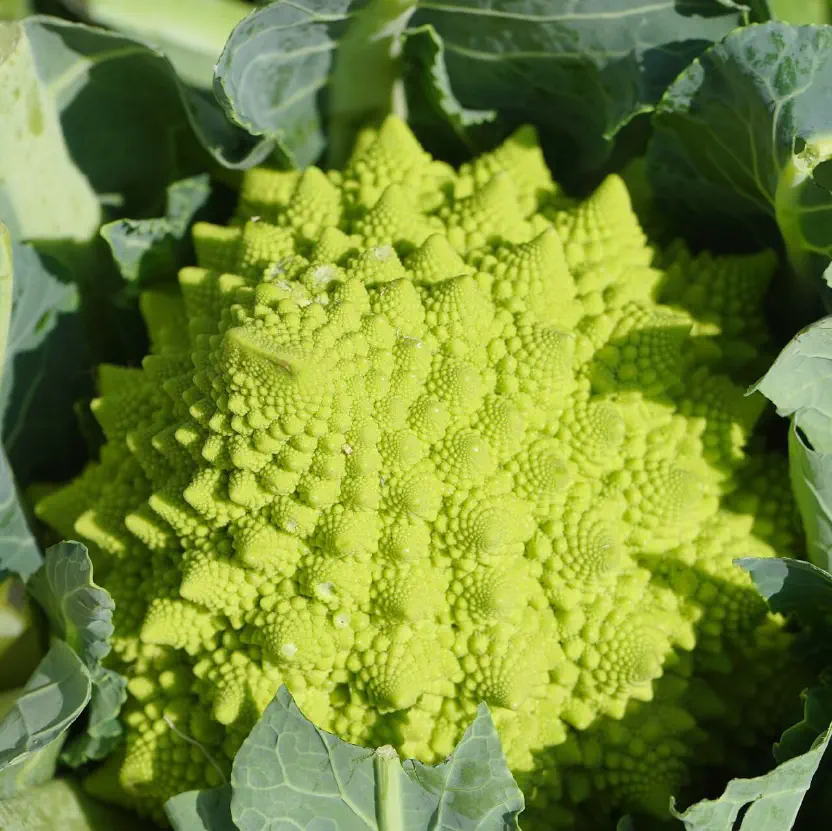
 03.01.2019
03.01.2019Agriculture has always been genetic engineering
Bioengineers have worked for thousands of years without the title, and there is no better proof of the success of that model than domestication.
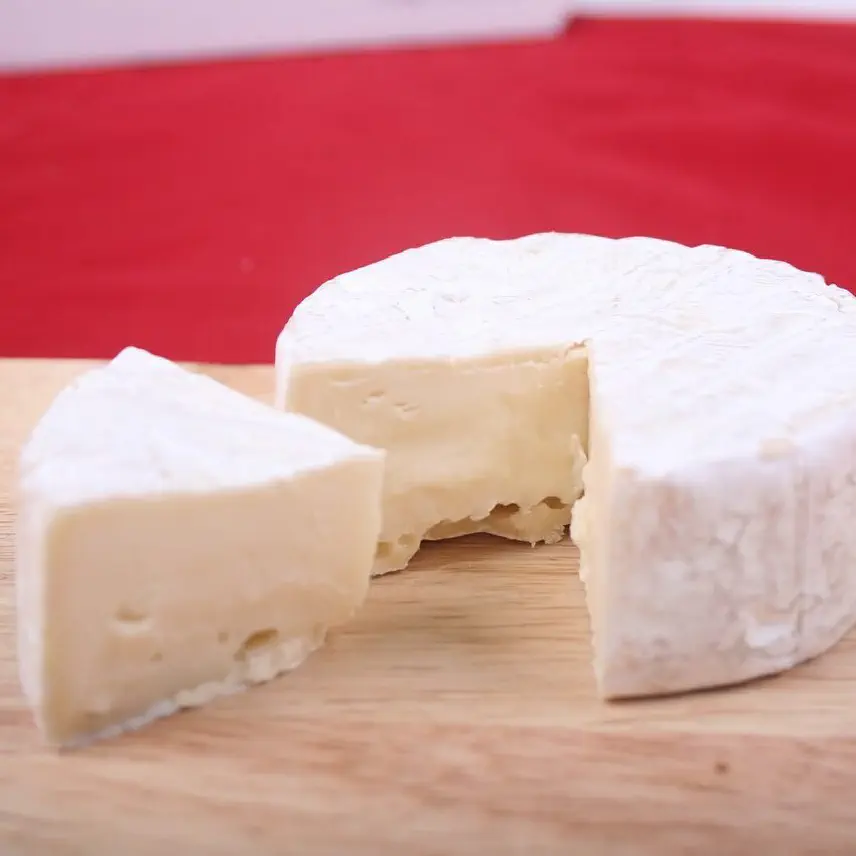
We have been fermenting for centuries.
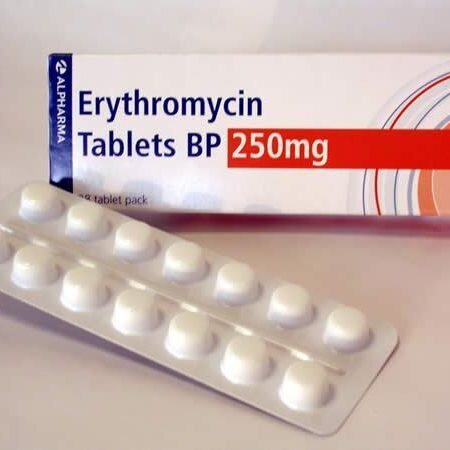
Erythromycin is produced in Saccharopolyspora erythraea.
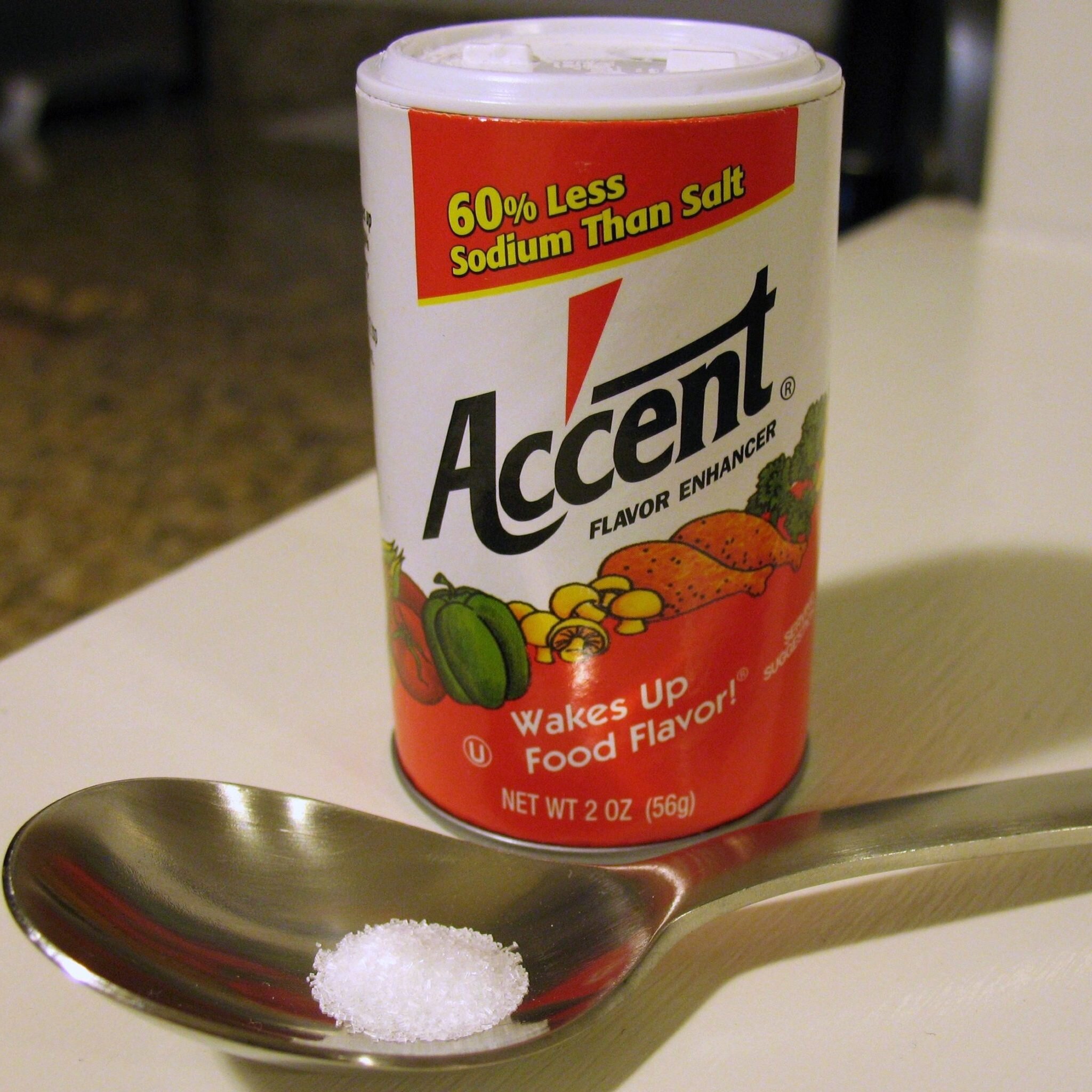
MSG is produced in Corynebacterium glutamicum.
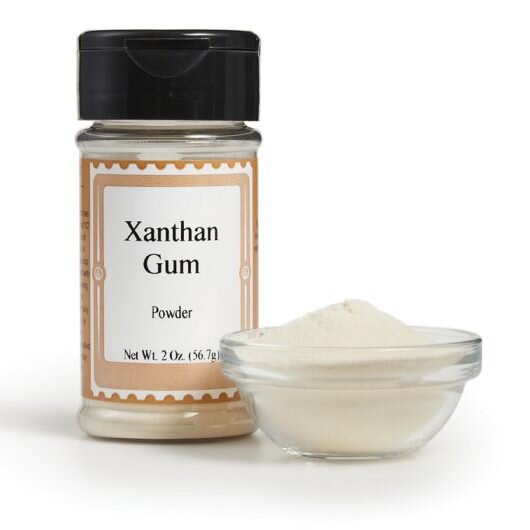
Xanthan gum is produced in a bacteria called Xanthomonas campestris.
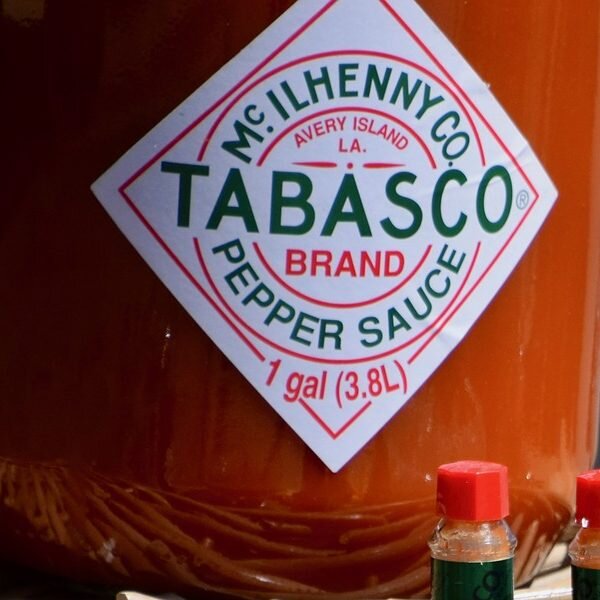
Hot sauce is fermented by bacteria.

Pickles are fermented by lactic acid bacteria.

Cheese is made with fermentation.

Lactic acid bacteria is used to ferment meat so it can be stored safely, thereby producing salami.
All of the antibiotic erythromycin is produced in Saccharopolyspora erythraea, we got the idea for antibiotics from microbes and so many of them are still produced in bacteria. We also produce insulin, blood clotting factors, immunosuppressants, and many other medicines by fermentation.
All of the flavoring agent MSG and its cousin amino acids used as animal feed additives are produced in Corynebacterium glutamicum. All Xanthan gum is produced in Xanthomonas campestris.
Hot sauce is fermented by bacteria (at least the good stuff).
You can brine any vegetable and call it a pickle, but the good stuff is fermented by lactic acid bacteria, and you can do this safely at home.
The same lactic acid bacteria is used to ferment meat so it can be stored safely without adding so much salt that it is functionally inedible, thereby producing salami. There is no cheese without fermentation, there is no yogurt without microbes; the rennet enzyme that makes the cheese coagulate is actually produced in genetically modified fungus these days instead of made from cow stomachs.

Yogurt is made using microbes.

Acetic acid bacteria can convert any carbohydrate to vinegar.

Olives are often marinated in alkaline brine to leach the bitterness out and add flavor.

Chocolate pods grow on trees and are colonized by yeast and bacteria. Both microbes play a significant role in the flavor of chocolate.

Microbes play a role in the fermentation of coffee beans.

Kombucha is a popular probiotic made by fermenting tea with a SCOBY, a symbiotic culture of bacteria and yeast.

Kimchi is made by fermenting cabbage with various lactic acid bacteria.
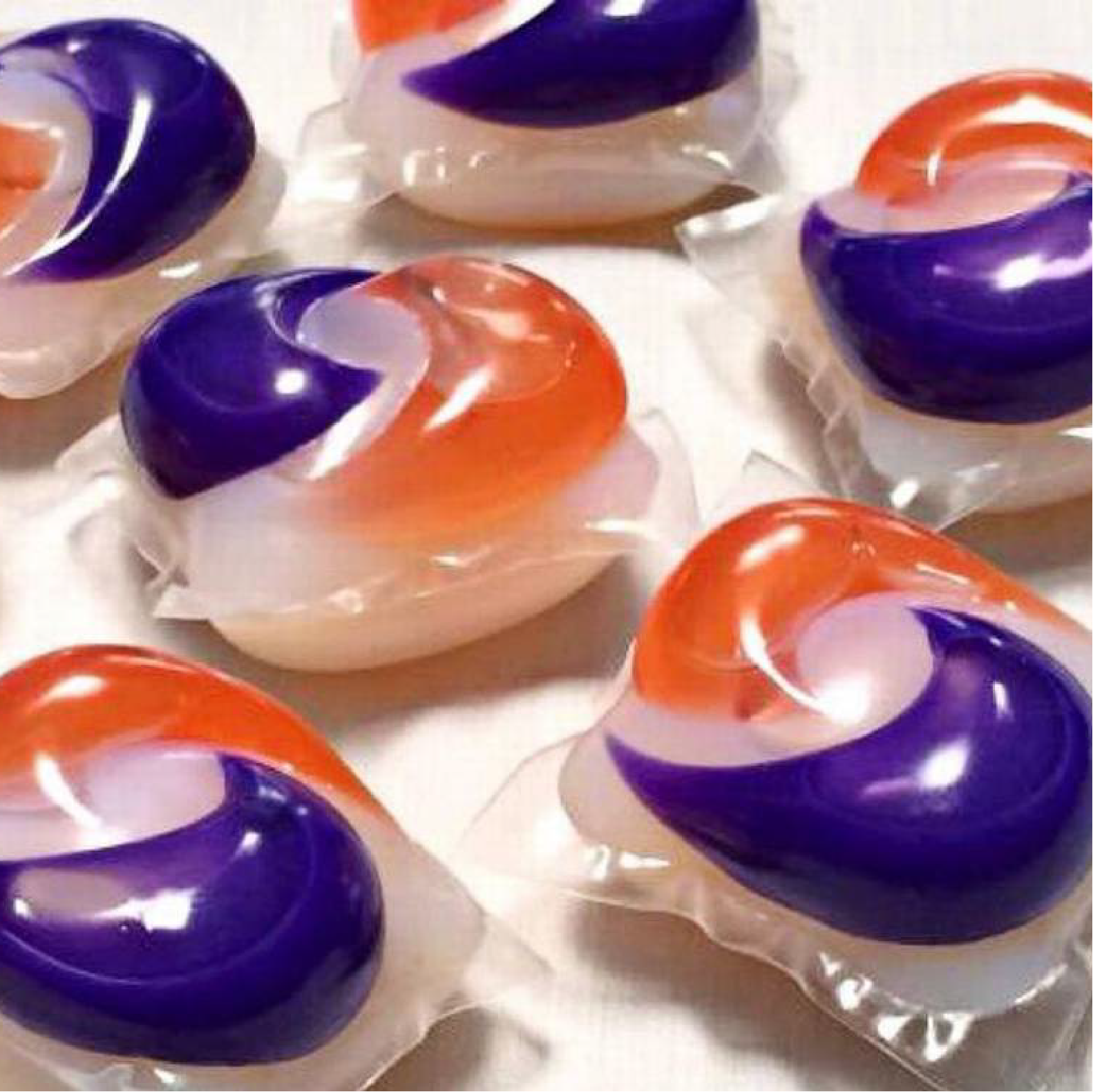
Three enzymes are useful for cleaning your clothes: an amylase to break down starches, a protease to break down proteins, and a lipase to break down fats.
You can use acetic acid bacteria to convert any carbohydrate to vinegar, which explains the variety of vinegars you find in the grocery store. The Romans began fermenting otherwise inedible olives in alkaline brine to leach the bitterness out and add flavor.
Chocolate pods grow on trees and are colonized by yeast and bacteria. They are picked and packed into dark, moist crates, where the yeast make so much alcohol that they kill themselves, and then the bacteria take over to convert the alcohol to acid and flavor molecules.
Every coffee cherry has to be pulped to extract the bean from the skin and fruit. The bean is covered in a thick gooey substance called mucilage, and the easiest way to remove it is fermentation: the microbes add flavor while breaking down the snot so it can be rinsed off.
Kombucha is a popular probiotic made by fermenting tea with a SCOBY, a symbiotic culture of bacteria and yeast. You can make your own with store-brought kombucha! Kimchi is a delicious staple in Korean cuisine made by fermenting cabbage with various lactic acid bacteria.
There are three enzymes useful for cleaning your clothes: an amylase to break down starches, a protease to break down proteins, and a lipase to break down fats. These three are fermented and then added to your Tide Pods, and that’s why we don’t get grass stains anymore!

 03.01.2019
03.01.2019Bioengineers have worked for thousands of years without the title, and there is no better proof of the success of that model than domestication.
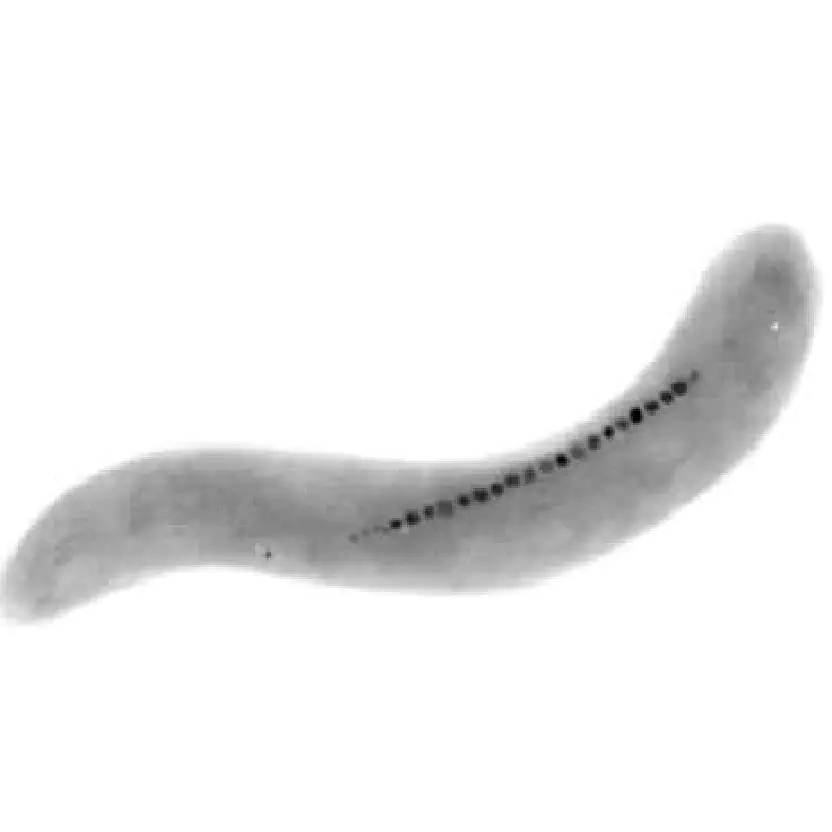
 02.16.2019
02.16.2019There is so much potential in microbiology, so many bacteria we could come to terms with, and not enough time to wait.
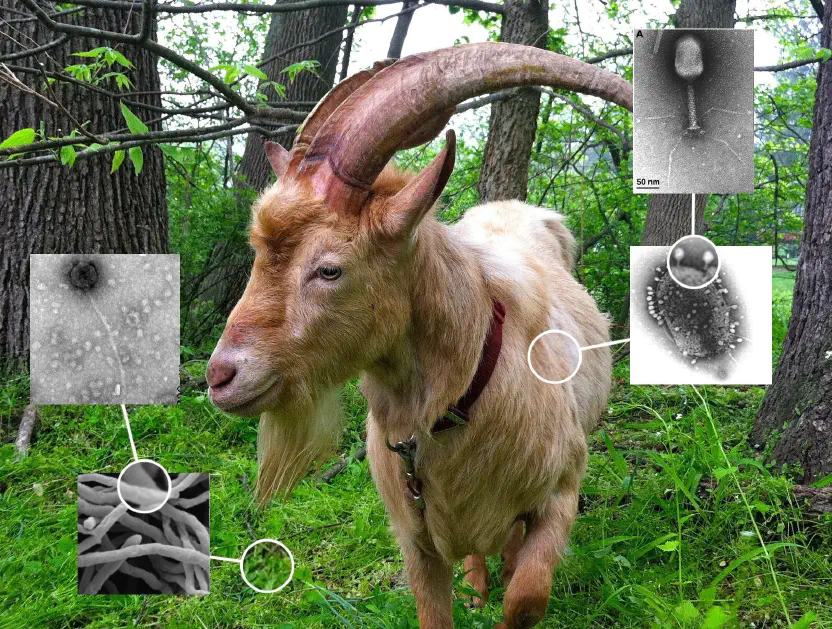
 02.15.2019
02.15.2019There is no such thing as a successful single organism ecosystem. Diversity is how we survive.